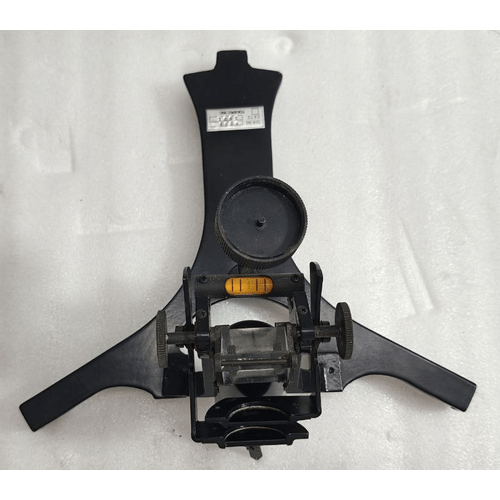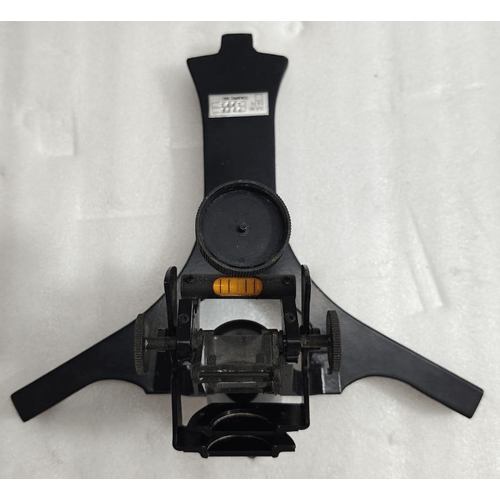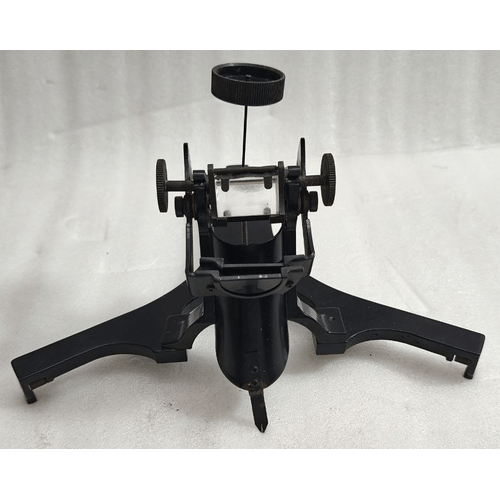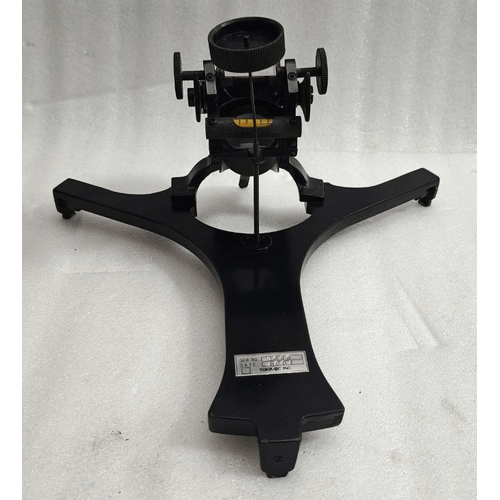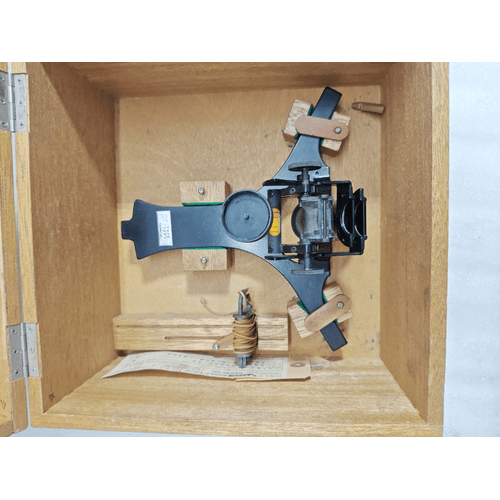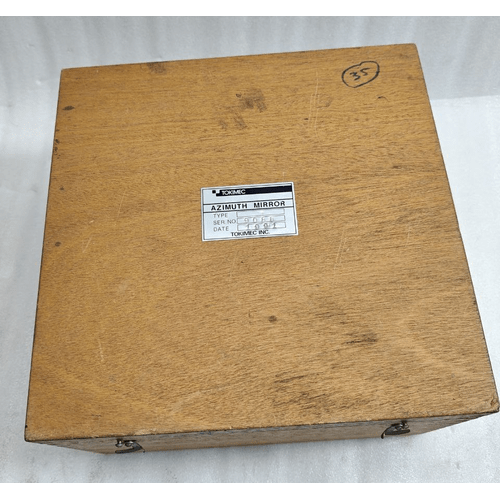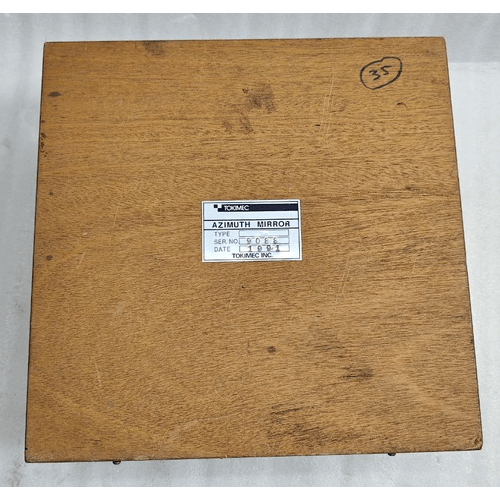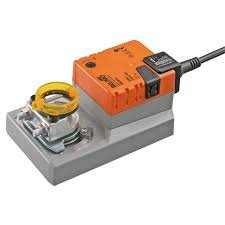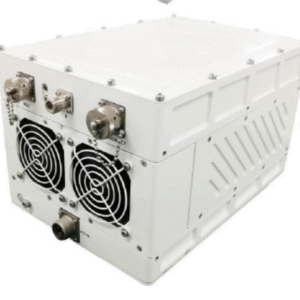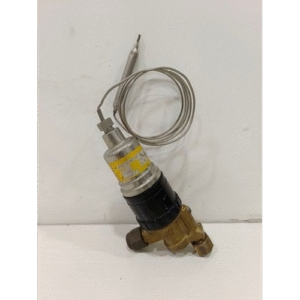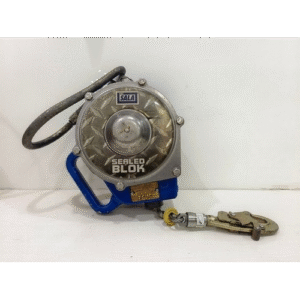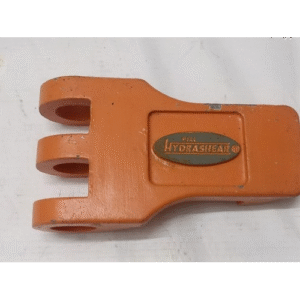The Tokimec Azimuth Mirror is a highly specialized, precision optical navigation instrument used primarily on ships. Its function is to measure the horizontal angle (azimuth or bearing) between a celestial body (like the sun or a star) and a terrestrial object, or between two terrestrial objects, with a high degree of accuracy.
The “IMPA 372553” code identifies it in the international marine procurement system, confirming its standard use in the maritime industry.
Key Features & Specifications
-
Manufacturer: Tokimec Inc. (A well-known Japanese manufacturer of precision navigation equipment, control systems, and marine instruments).
-
Type: Azimuth Circle or Azimuth Mirror. It is an optical device that mounts onto a ship’s magnetic compass or a gyrocompass repeater.
-
IMPA Code: 372553. This standard code stands for “Azimuth Circles & Parts,” used by ship chandlers and suppliers worldwide.
-
Construction: Typically made of non-magnetic materials like brass, aluminum, or plastic to avoid interfering with the ship’s compass it is mounted on.
-
Key Components:
-
Base: Clamps securely onto the glass dome of the compass bowl.
-
Rotating Arm: Contains the sighting apparatus and rotates 360 degrees around the compass.
-
Sighting Vanes:
-
Object Vane: Has a narrow vertical slit for sighting a distant object or the horizon.
-
Shadow Vane / Sun Vane: Has a darkened reflective glass or a prism for safely viewing the sun and casting a shadow onto a target line.
-
-
Magnifying Glass: For reading the precise compass card graduation under the arm.
-
Scale: A graduated scale (in degrees) around the base for reading the measured bearing.
-
How It Is Used (Purpose)
The primary uses for an azimuth mirror are:
-
Compass Error Checking (Most Critical Use): This is its main job. A navigator can measure the exact bearing of the sun at a calculated time (from nautical almanacs) and compare it to the bearing shown by the ship’s compass. The difference is the compass error, which is a combination of deviation (caused by ship’s iron) and variation (caused by earth’s magnetism). This allows the navigator to verify the compass’s accuracy.
-
Taking Visual Bearings: To fix a ship’s position by taking bearings of lighthouses, landmarks, or other navigational aids.
-
Monitoring Swing: Used when “swinging the ship” to calibrate the compass by measuring headings relative to a known reference bearing.
Who Uses This? (Ideal User)
-
Ship’s Navigational Officers (Deck Officers) on commercial vessels.
-
Navy personnel.
-
Serious offshore sailors and yacht captains who practice traditional celestial navigation.
-
Marine Surveyors and Compass Adjusters.
Context of the Specific Unit (Serial 9088, Date 1991)
-
Serial Number 9088: Indicates a specific unit from a production line.
-
Date 1991: Confirms this is a vintage instrument from the early 1990s. While modern GPS and electronic systems have reduced its daily use, it remains a mandatory piece of backup equipment on SOLAS-class vessels and a vital tool for navigators who need to verify their primary systems.


